How Aman has influenced the world of resort design
With its minimalist bedrooms, huge en-suite bathrooms and outdoor terraces, the Aman blueprint has set a new bar for modern resort design over the last three decades
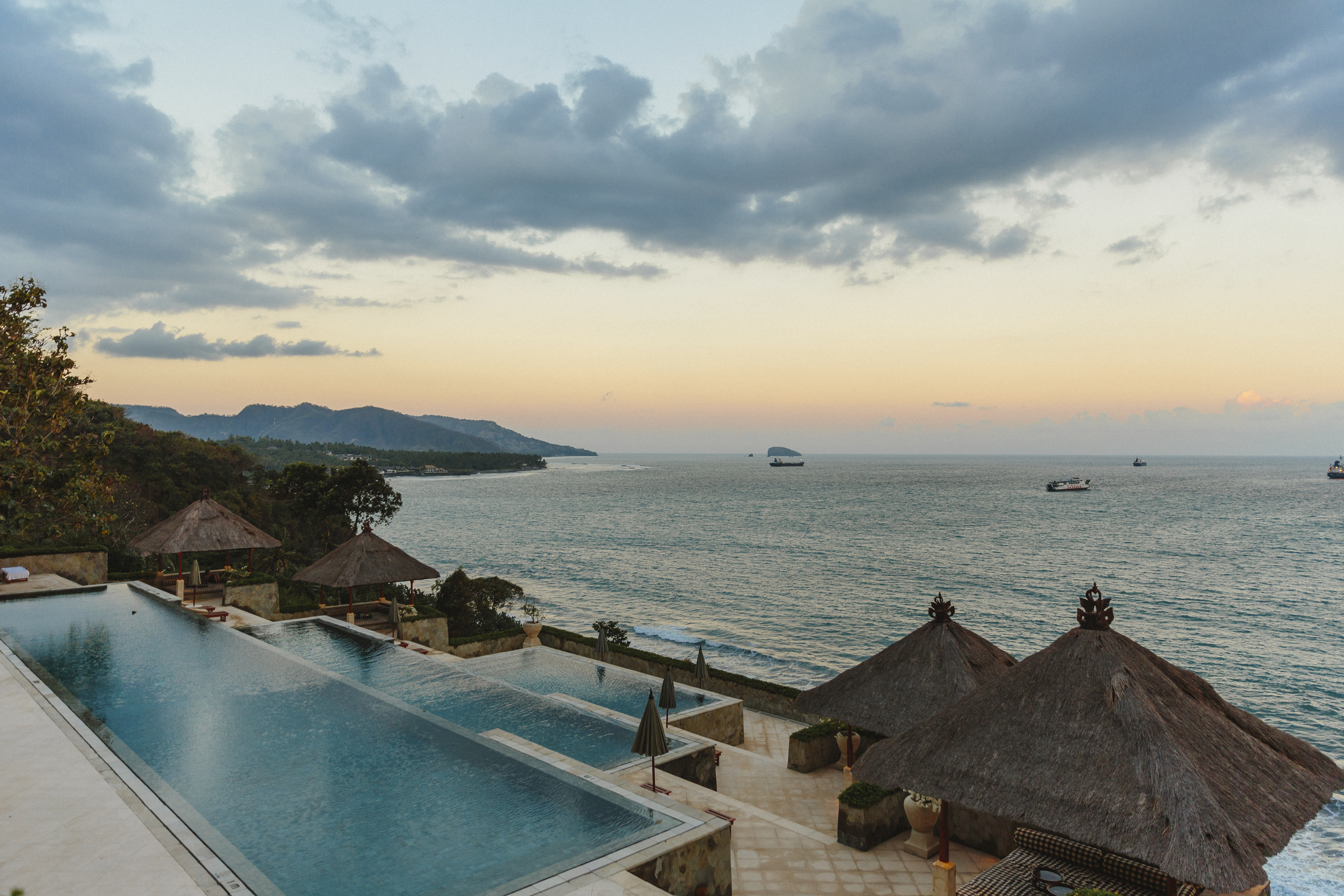
When the hotelier Adrian Zecha unveiled Amanpuri on New Year’s Day in 1988, it stunned a world of jaded travellers, most of whom were, till that moment, convinced they’d seen it all. For, nothing in St Tropez, Ibiza or the Bahamas had prepared them for this tiny resort with 40-something pavilions hugging a private beach on Phuket’s eastern shoreline.
Even today, it still takes a moment to fully absorb the experience of stepping through the vaulted ceiling of Amanpuri’s reception sala and to take in the huge granite courtyard anchored by the 27m midnight-blue-tiled freshwater pool. Hidden away among the surrounding groves of bamboo and palms are the pavilions – capacious cocoons of maka timber and local hardwoods whose interiors the architect Ed Tuttle lined in teak and dressed in silks and customised furniture.
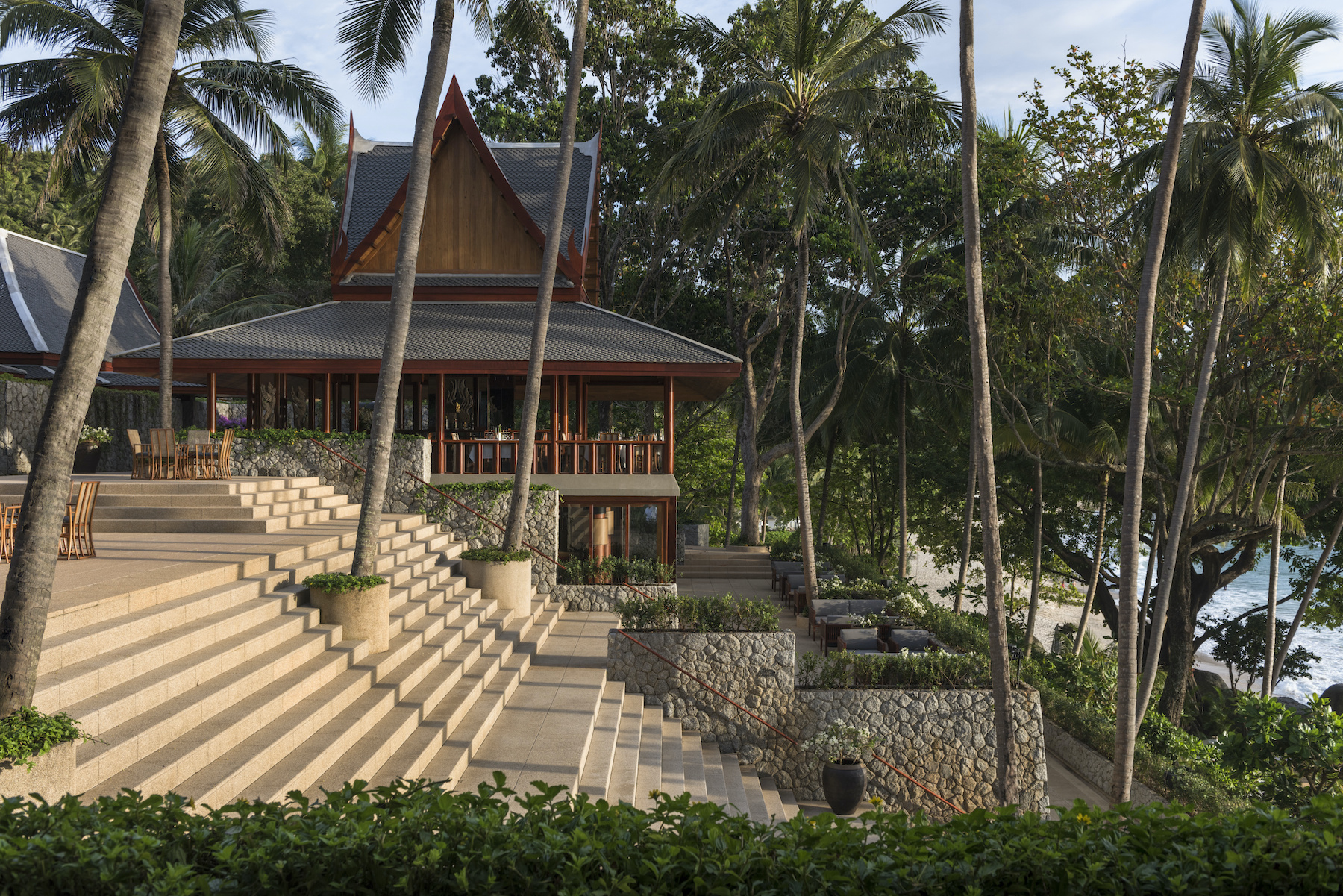
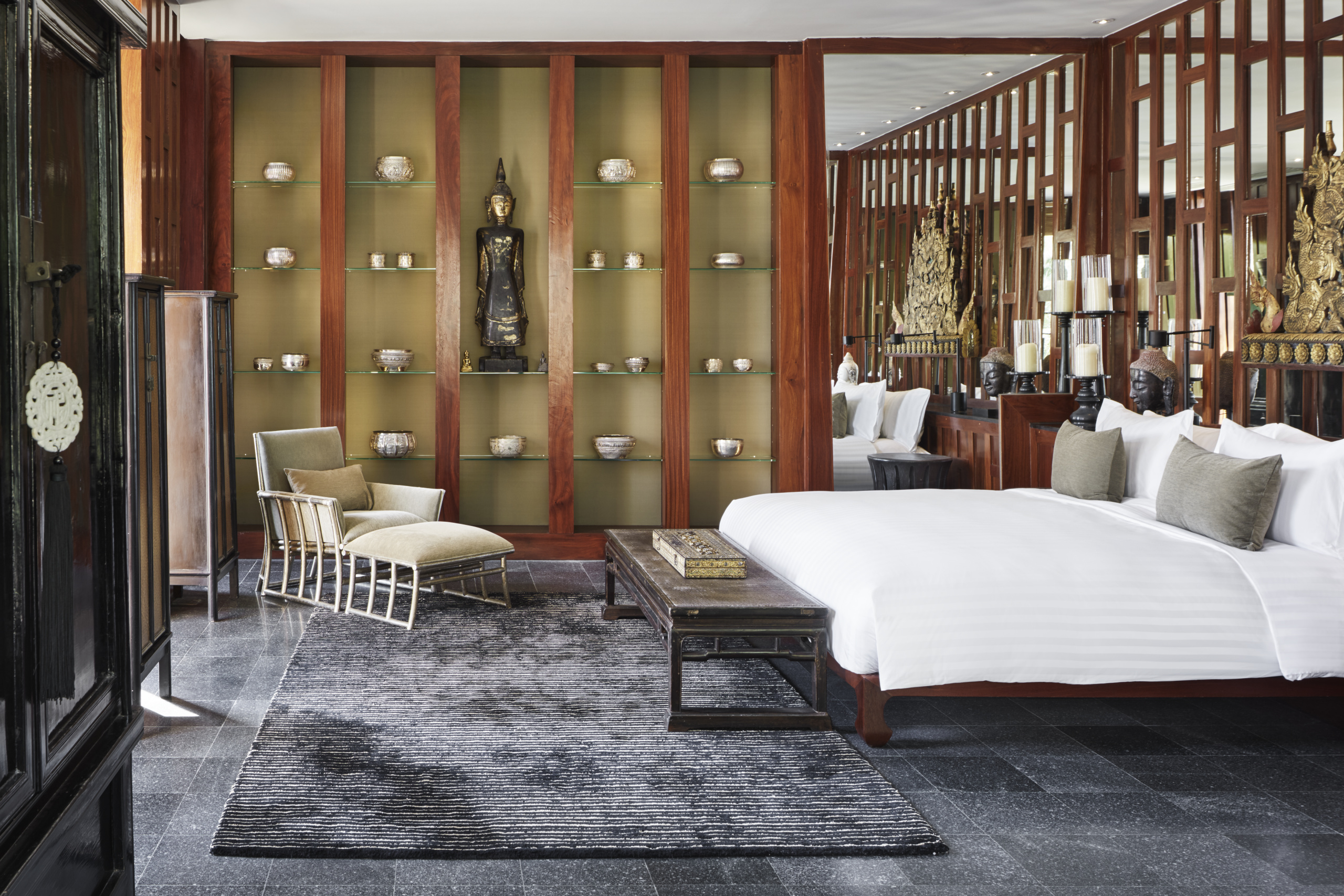
‘I was very concerned that it might be too elitist and therefore not attract a bigger clientele,’ Zecha now recalls, an understandable fear given that he was charging about $250 per night which in the late 1980s was an outlandish sum. The elegant Phuket Yacht Club was charging $75.
But Amanpuri was an instant hit, ushering in a new era of luxury resorts that fed what Zecha described as an insatiable appetite for faraway cultures and an appreciation of the creative and elegant in life. What many of us forget now is that Amanpuri emerged fully formed and conceived – an absurdly small number of exorbitantly priced rooms tied to whisper-quiet service delivered by an unheard of staff-to-guest ratio of about 4 to 1. And it was here in Phuket that the blueprint for every Aman resort that followed – to whit, beautifully landscaped grounds, gorgeously minimalist bedrooms, huge en-suites and outdoor terraces – was finalised. An incredible achievement given the brand now numbers some 32 resorts across the world, including the recently opened Camp Sarika in Utah, and Aman Kyoto.
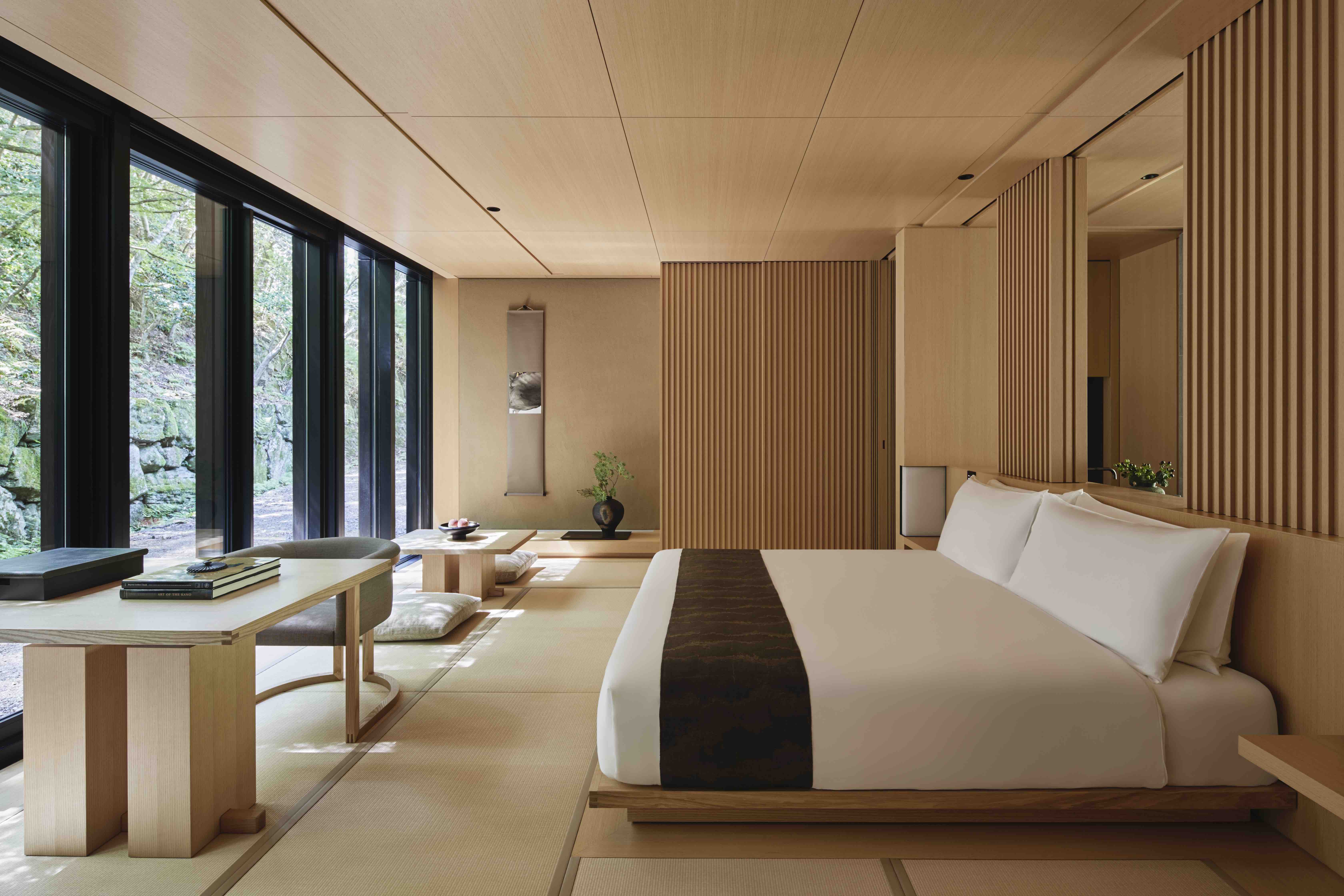
It’s also difficult to express just how influential the brand’s model has been. To this day, one sees the iterations of the larger Aman imprimatur in terms of design, service and hospitality levels in luxury resorts everywhere – whether the recently renovated Datai in Langkawai, the Capella Ubud, Alila Uluwatu, or the soon-to-open One&Only Desaru Coast.
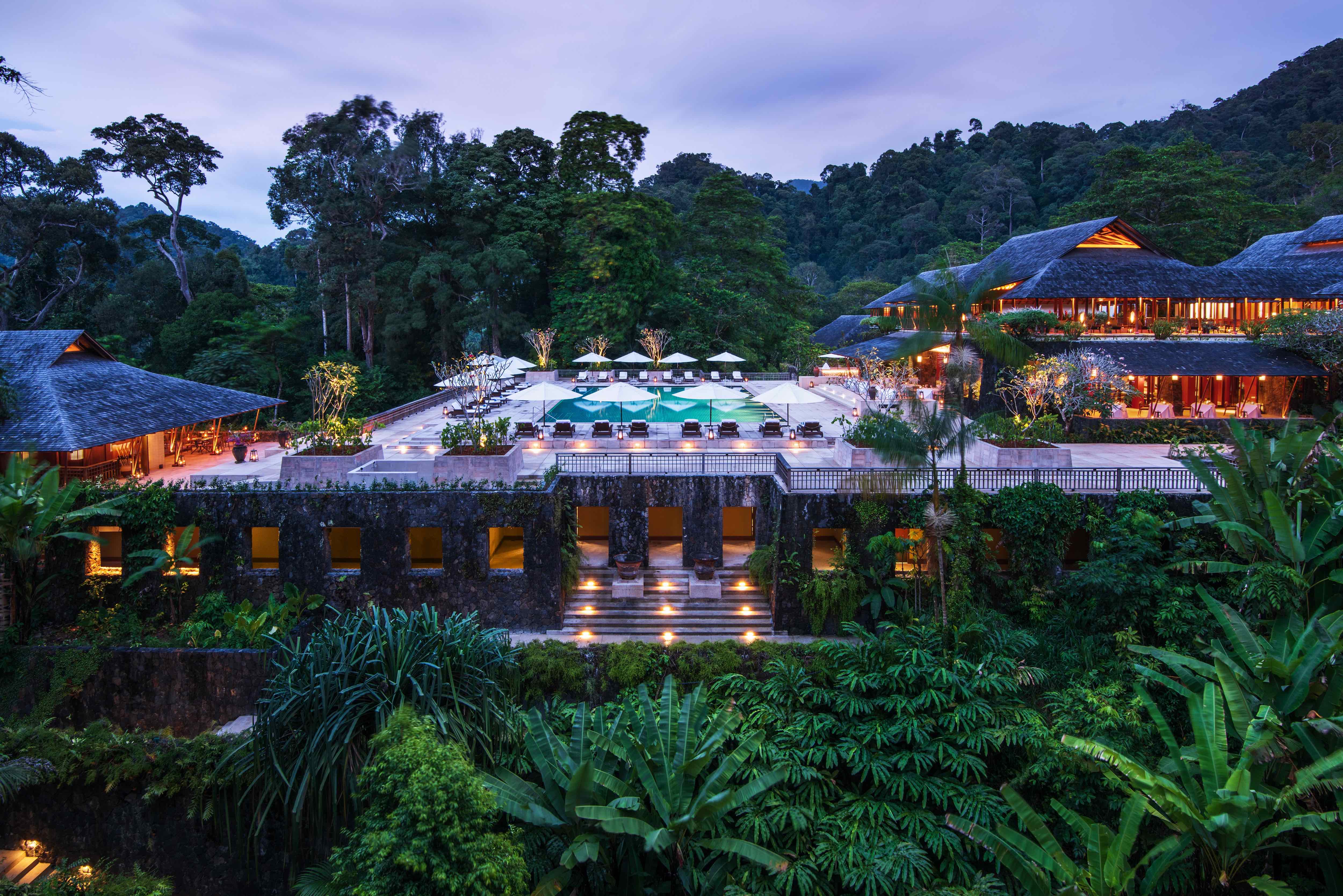
For Richard Hassell, the co-founder of the Singapore-based studio WOHA who had also worked on the Datai project when he was at Kerry Hill Architects, the legacy of Tuttle and those who worked on subsequent Aman resorts is extraordinary. Together with the Peter Muller-designed Amandari which opened in late 1989 in Bali, Amanpuri showed, he says, that, in the hands of talented, passionate and knowledgeable architects, vernacular architecture could be transformed into something elegant and beautiful.
‘It’s hard to remember that these two properties invented the genre of the top-tier boutique villa resort. Before them, resorts were made of room blocks, decorated with token ethnic touches. These rooms took a Palladian attitude towards the vernacular pavilion, making them more pure and geometrically resolved, better proportioned, and invisibly serviced so as to create a comfort and perfection the original models never had.’
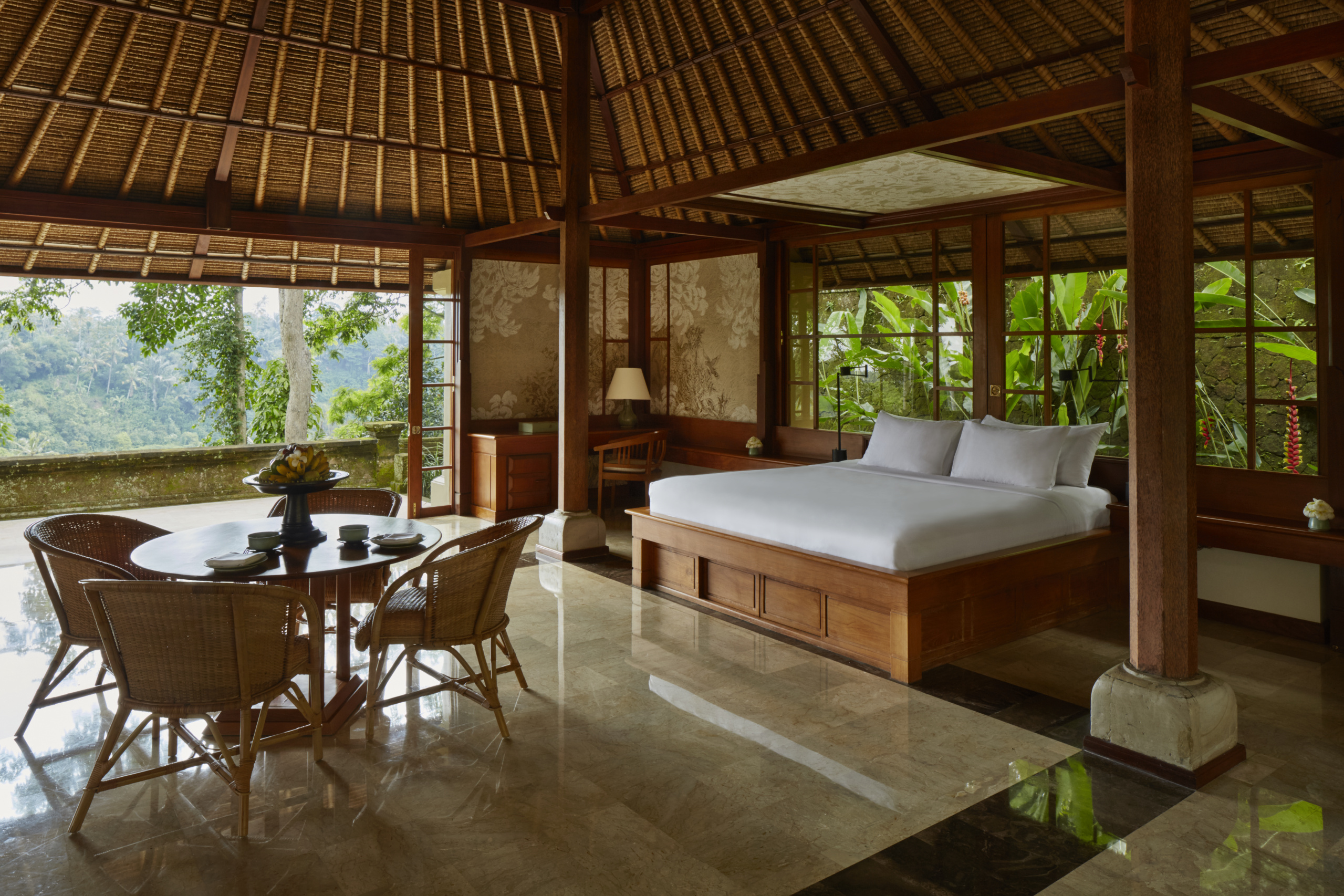
Even more remarkable, both these properties invented a language of architecture. As Hassell points out, Thai villa architecture never had teak pavilions with temple roofs built over sloping stone walls and hanging terraces. In Amanpuri, Tuttle invented the look of the modern Thai villa. ‘The architectural skill of Ed is highlighted by the thousands of less successful imitations, where the proportions are bad, the roofs are clumsy, and the details are crude,’ Hassell says. ‘Even with such a beautiful model to copy, most get it very badly wrong. They’re McMansions wearing badly fitted Thai costumes.’
Bill Bensley – the Bali- and Bangkok-based designer who has, himself, created a formidable spread of luxury tropical resorts including Capella Ubud and Shinta Mani Wild – is equally effusive about the pervasive influence of the Aman aesthetic. ‘I don’t think there is a resort designer on the planet who has not been influenced by Aman. I was most influenced by Tuttle’s space planning which really set the scene for a new era. Imagine, he made the bathroom the same size as the bedroom and with natural light from four sides, when the rest of us were cramming tiny bathrooms into dark corners.’
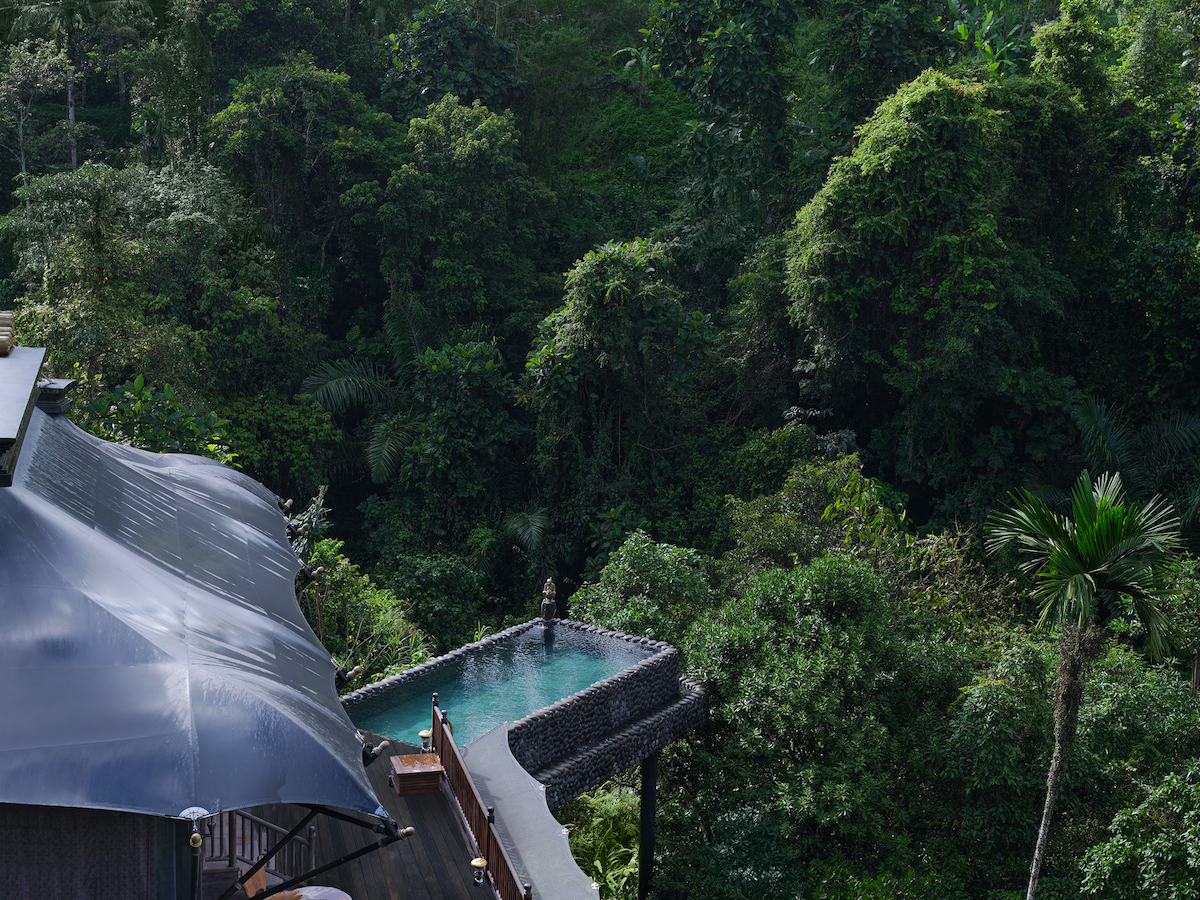
Aesthetically, Bensley goes on, ‘Tuttle forever changed the game by way of a very controlled, almost minimalist palette of building materials while, and this is important, retaining the essence of local vernacular architecture. Only Geoffrey Bawa and perhaps Pete Wimberly were onto that concept wholeheartedly 30-plus years ago.’
Tellingly, both Hassell and Bensley lay much of the credit for Aman’s enduring appeal and influence at the feet of Adrian Zecha. Bensley, in particular, applauds the hotelier’s ‘iron-fisted aesthetic dictatorship, which was delivered with a wonderful smile. Everyone else has been overly trend conscious.’
For Hassell, Aman has been unique in using a small stable of talented designers – among them Kerry Hill and Jean-Michel Gathy – which has kept the quality of architecture in what he describes as the realm of high culture. ‘Other brands have been less discriminatory, and have properties of mixed architectural quality, even if they get one or two right. I would say no other brand has achieved the consistently great quality of architecture and interior design as Aman over so many properties. Building architecturally significant developments is very hard, and takes a strong personality to keep the ship on course through the long process of project development.’
For his part, Zecha declines to bask in the applause. ‘It would be inappropriate for me to comment on Aman’s legacy as I was the founder. However, my hope has been that it would be perceived as an honest and elegant approach towards luxury hotel living. And of course that it always would be aligned with the beauty and culture of a place.’
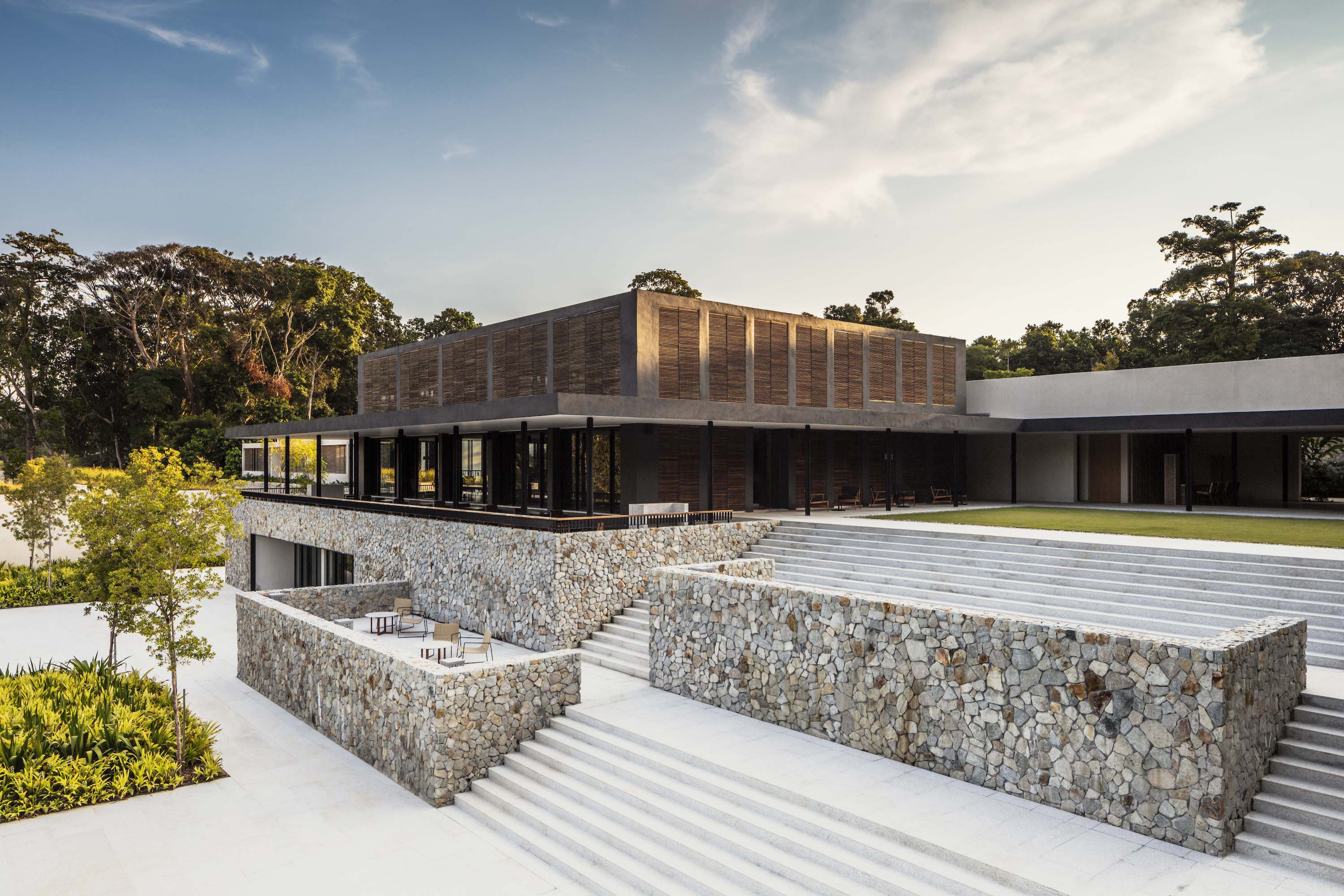
One & Only Desaru Coast, designed by Kerry Hill Architects, 2020
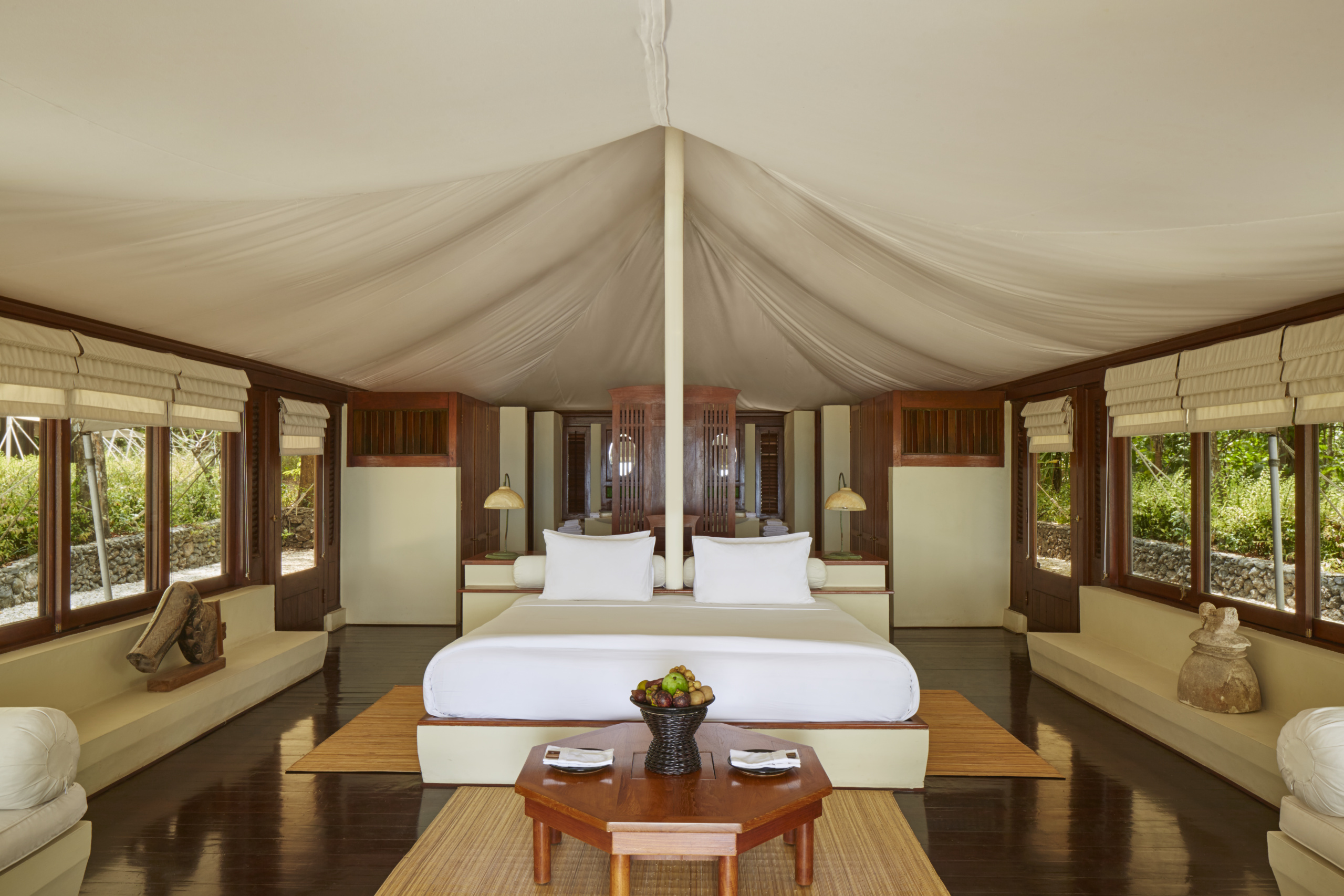
Amanwana, Moyo Island, designed by Jean-Michel Gathy, 1993
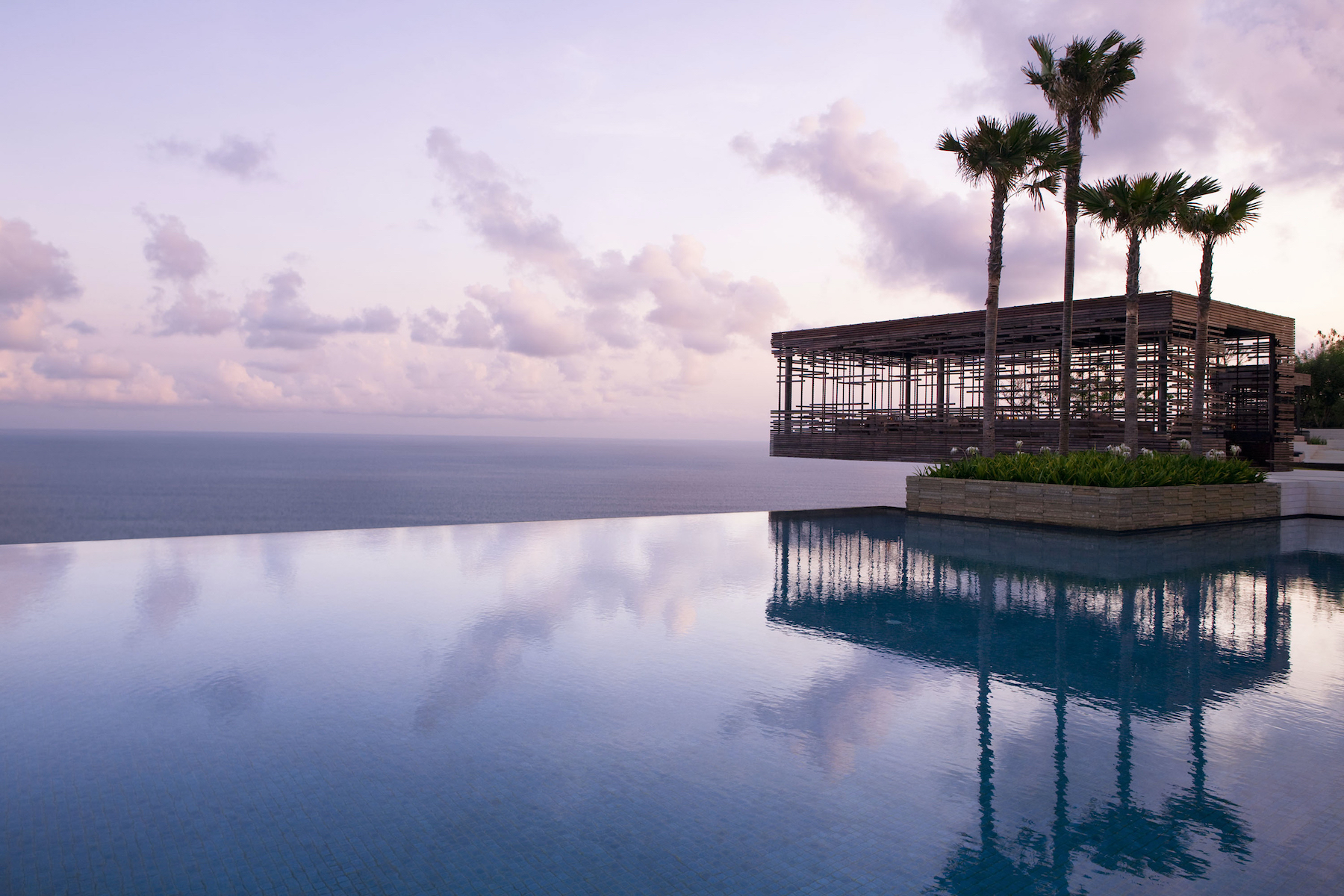
Alila Villas Uluwatu, designed by WOHA, 2009
Wallpaper* Newsletter
Receive our daily digest of inspiration, escapism and design stories from around the world direct to your inbox.
Daven Wu is the Singapore Editor at Wallpaper*. A former corporate lawyer, he has been covering Singapore and the neighbouring South-East Asian region since 1999, writing extensively about architecture, design, and travel for both the magazine and website. He is also the City Editor for the Phaidon Wallpaper* City Guide to Singapore.
-
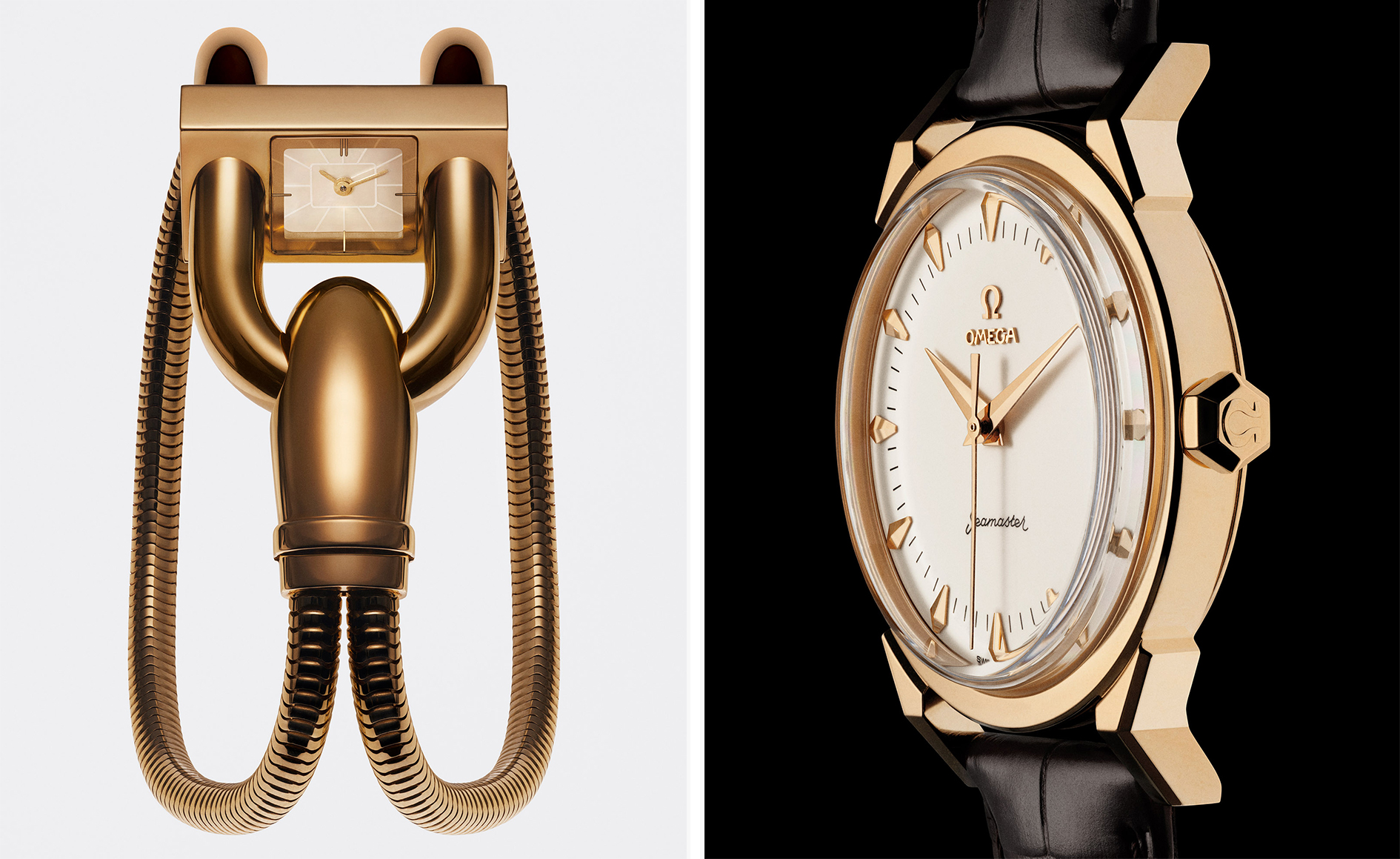 A stripped-back elegance defines these timeless watch designs
A stripped-back elegance defines these timeless watch designsWatches from Cartier, Van Cleef & Arpels, Rolex and more speak to universal design codes
By Hannah Silver
-
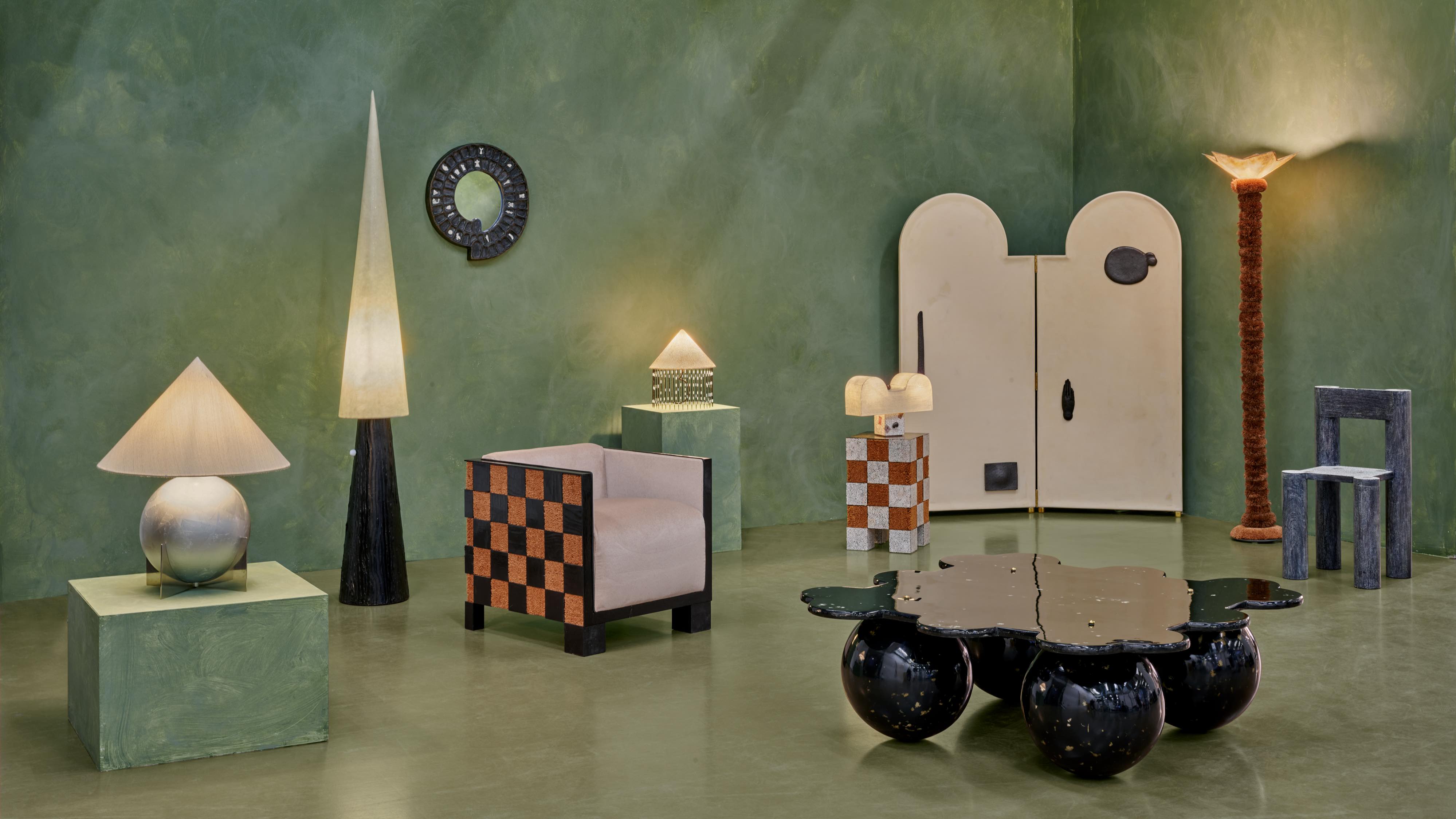 Postcard from Brussels: a maverick design scene has taken root in the Belgian capital
Postcard from Brussels: a maverick design scene has taken root in the Belgian capitalBrussels has emerged as one of the best places for creatives to live, operate and even sell. Wallpaper* paid a visit during the annual Collectible fair to see how it's coming into its own
By Adrian Madlener
-
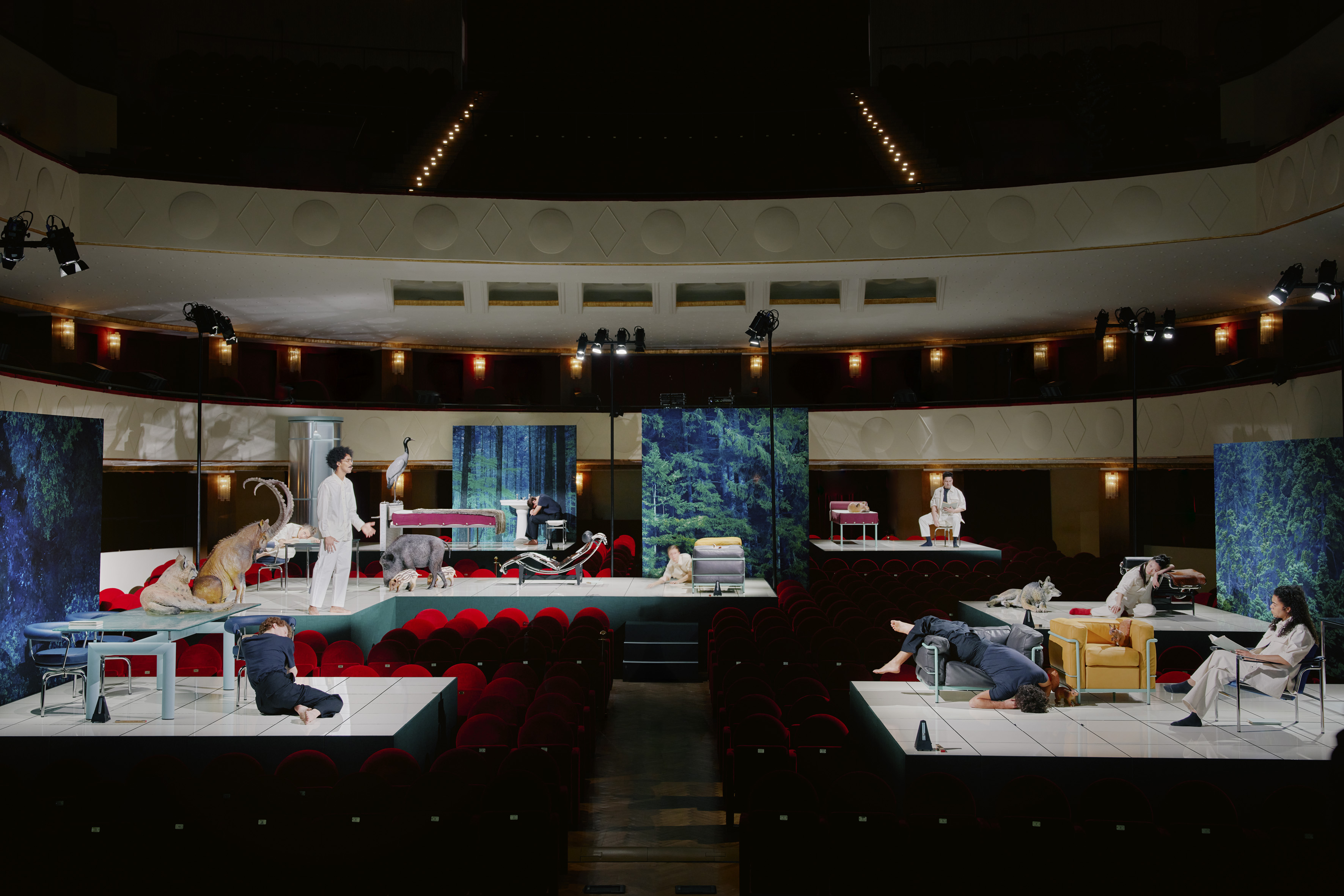 Move over, palazzos. Performances were the biggest trend at Milan Design Week
Move over, palazzos. Performances were the biggest trend at Milan Design WeekThis year, brands brought on the drama via immersive installations across the city
By Dan Howarth